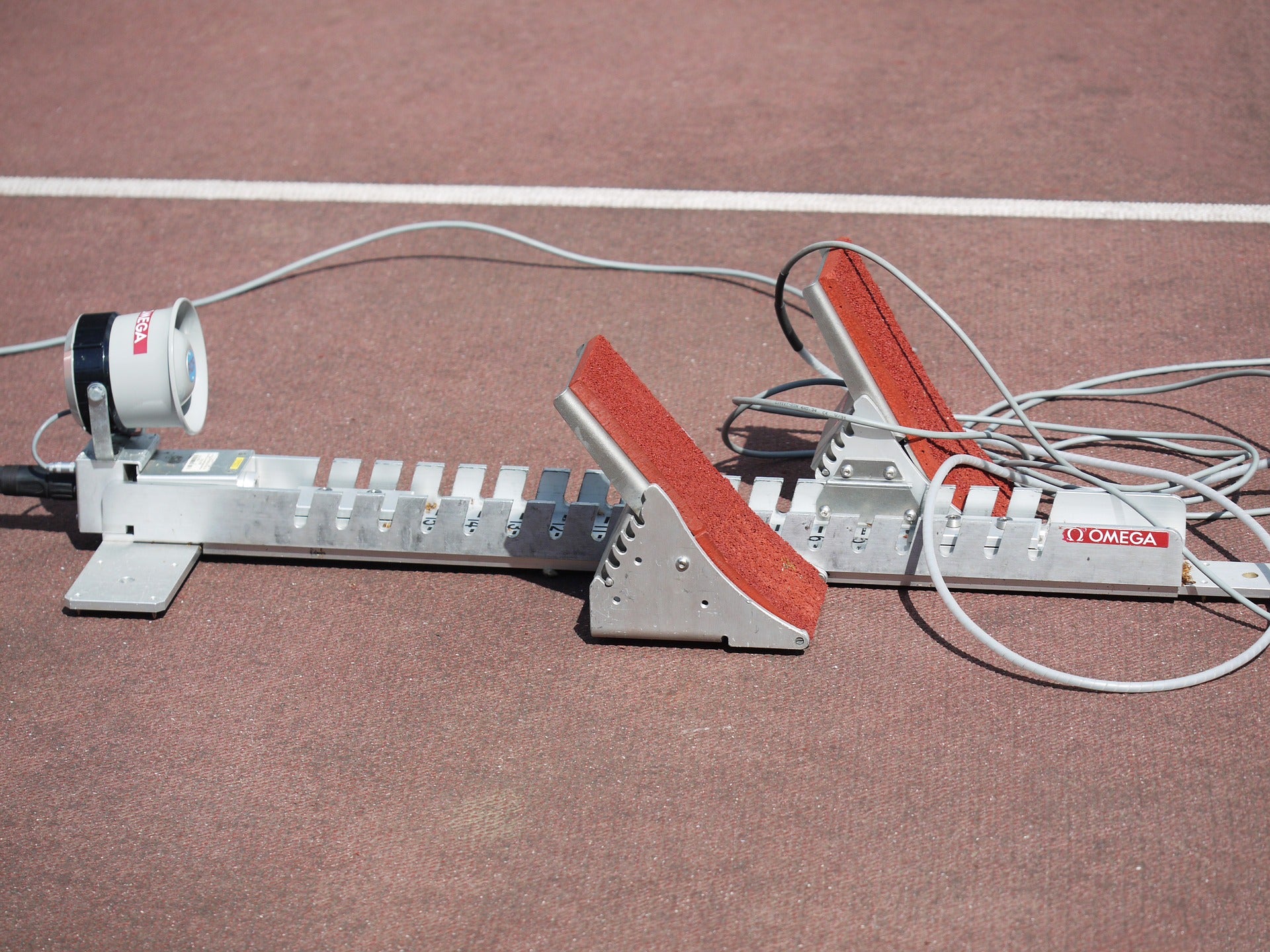Stationary vs Stationery: What is the difference and how to remember
There are many words in the English language that resemble each other. Some even have the same or similar spellings for multiple meanings - for example, light can refer both to weight and brightness. One of the most common spelling mistakes is misunderstanding the difference between stationary and stationery.
If you’re a fan of pens, planners and writing sets, then chances are you’ve asked yourself the question: ‘what is the difference between stationary and stationery?’ Although only one letter changes between the two spellings, the difference in their meanings is drastic. So, what is the difference between stationary and stationery? Read on to discover when you should use stationery or stationary in the UK, and the meanings behind the two terms.

Definitions: What is the difference between stationary and stationery?
According to the Cambridge dictionary, ‘stationary’ means ‘not moving, or not changing’. Meanwhile, ‘stationery’ is defined as ‘the things needed for writing, such as paper, pens, pencils, and envelopes’. Although their spellings are extremely similar, the definitions are extraordinarily different.
This is why understanding the answer to the question ‘what is the difference between stationary or stationery?’ is so important. Mixing up the two could lead to confusion. Cars generally aren’t used for writing, so if you want to say a vehicle is not moving, then you need to use ‘stationary’ rather than ‘stationery’. Meanwhile, if you’re searching for stationery online, you might not be able to find what you’re looking for if you misspell it as stationary.
Understanding the meaning of stationery and stationary
Having a clear understanding of the meaning of stationery or stationary respectively can help you to remember when to use them.
Stationary
‘Stationary’ refers to something that is not moving or changing, such as vehicles that are at a standstill - for example, ‘the truck was stationary at the side of the road.’ It can also refer to other items or concepts that are fixed and not moving, e.g, ‘the exchange rate is currently stationary’. 
Image credit: Pixabay
Stationery
The items required for writing are known as ‘stationery’. These can include pens, pencils, notebooks, journals, notelets, paper, envelopes, and more. It can also refer to formal writing materials, including personalised papers and matching envelopes. This is the correct spelling to use when you’re searching for stationery sets or gifts.
Image credit: Pixabay
Stationery or stationary in UK English? Top tips for choosing the right spelling
How do you remember stationary and stationery?
Once you understand the answer to the question ‘what is the difference between stationary or stationery?’, then the next thing is to be aware of which term to use in each sentence. Not sure whether you should use stationery or stationary in UK English? Here are some key tips to help you decide if the right word to use is stationery or stationary (in UK English).

Stationary is an adjective, stationery is a noun
One way to remember the difference between the two is to focus on their purposes within a sentence. Stationery is a noun, which means it refers to an object or group of objects. Meanwhile, stationary is an adjective, meaning it’s used to describe nouns - e.g, a stationary car, a stationary plane, etc. So, essentially, stationery is an object, whilst stationary is used to describe objects.
A is for not moving, E is for paper supplies
Another way to make a choice in the ‘stationery versus stationary’ debate is to focus on their most obvious difference: vowels. Stationary has an ‘a’ where stationery has an ‘e’. So, if you want to describe something that is not moving, keep the letter ‘a’ in mind when spelling stationary. Or, if you’re looking for a new personalised notebook or a stunning set of pencils, use the letter ‘e’ to spell stationery in the search bar.
Using stationary vs stationery in a sentence
If you’re still a bit unsure about the difference between stationary and stationery, then it might help to view them in a sentence. The stationary vs stationery confusion can be easily resolved when considered in context.
Stationary in a sentence - examples:
The bicycle was stationary.
I passed a stationary vehicle in the middle of the road.
The sheep remained stationary in the field.
Real estate prices in our area continue to remain stationary.
Stationery in a sentence - examples:
I want to choose a new stationery set.
The office is out of stationery supplies.
Stationery is available in many designs and colours.
For those of us that learn visually, see the video below to learn the difference between stationary and stationery:
History of stationary vs stationery in the UK
Another great way to memorise the difference between stationary and stationery is to understand the history and etymology of the terms.
The history and etymology of stationary
The term stationary originates from the Latin word ‘stationarius’, which means ‘belonging to a military station’. Soldiers would be attached to a particular station, and this allegiance to a station would be ‘immovable’. The term also derives from the old French word, ‘stacioonaire’, meaning ‘motionless’. In the 14th century, this term developed into ‘stacionarie’, subsequently adopting the current meaning of immovable in the 1620s.
The history and etymology of stationery
Originating in the early 18th century, the word ‘stationery’ was used to describe the wares of a ‘stationer’, which is an archaic term for sellers of books and papers, as well as publishers. The origin of this term stems from the Middle English ‘estacioun’, which meant a ‘post’ or a ‘position’. During the Victorian era, stationery was a luxury associated with the upper classes. Now, beautiful stationery is accessible to all, and has branched out with technological advancements, including with printer inks and papers.
In spite of these technological advancements, notebooks, handwritten letters and daily planners continue to soar in popularity. Stationery adds a personal touch to communications and note-taking. That’s why understanding the difference between stationary vs stationery is key. If you’re a stationery aficionado, knowing the correct spelling can make your hobby much easier to develop.
If it is stationery you’re looking for, you’re in the right place. Don’t be stationary - browse our gorgeous selection, from personalised notebooks to planners, and discover the perfect stationery gifts for you.
Following on from the above tips, we've created a simple quick reference infographic guide to spot the difference between stationery and stationary easily. To download the stationery and stationary infographic for printing, click here.




Leave a comment